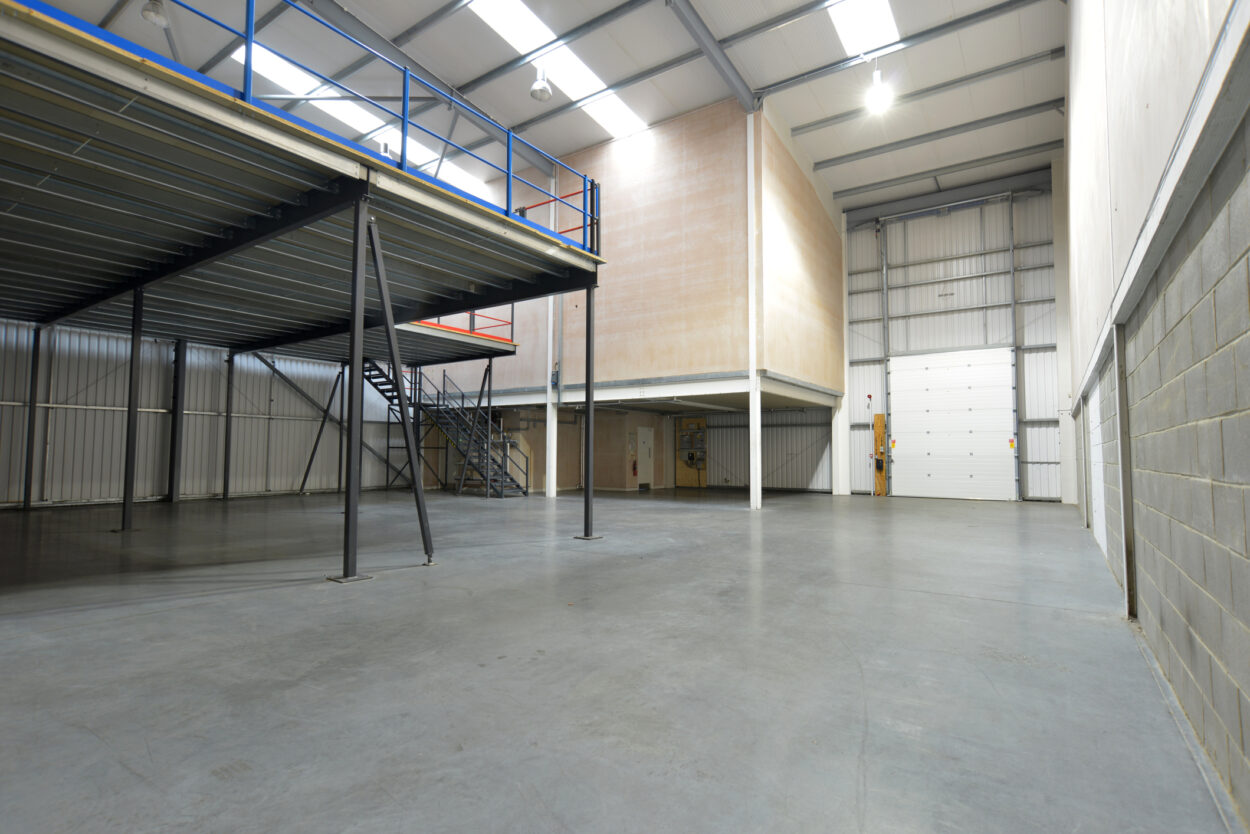
In many industrial and commercial settings, the need for additional floor space is a common challenge. Mezzanine floors offer a practical solution by creating extra space without the need for a costly expansion or relocation. This article will guide you through the step-by-step process of installing a mezzanine floor, from the initial concept to the completion.
1. Planning and Design
Key steps in the planning and design phase:
- Assessment of space requirements: Determine the purpose of the mezzanine floor and calculate the required size based on your needs.
- Structural considerations: Consult with a structural engineer to ensure the existing building can support the additional load of the mezzanine floor.
- Building regulations: Familiarize yourself with building codes and regulations to ensure compliance with safety standards.
- Design layout: Create a detailed layout plan that includes the location of staircases, access points, and any additional features.
2. Obtaining Permits and Approvals
Important steps in obtaining permits and approvals:
- Submit permit applications: Obtain necessary permits from local authorities before commencing any construction work.
- Review by building inspectors: Schedule inspections to ensure that the mezzanine floor meets regulatory requirements throughout the installation process.
- Approval of design plans: Obtain approval for the design plans from relevant authorities to proceed with the construction.
3. Site Preparation
Key tasks in preparing the site for mezzanine floor installation:
- Clean the area: Clear the existing space of any obstacles, debris, or machinery to create a clean working environment.
- Mark out the layout: Use markers to outline the dimensions of the mezzanine floor to ensure accurate installation.
- Ensure safety measures: Implement safety protocols such as wearing protective gear and following best practices for construction sites.
4. Installation Process
Step-by-step guide to the installation process:
- Frame assembly: Begin by assembling the structural frame of the mezzanine floor according to the design plans.
- Floor installation: Install the flooring material on top of the frame, ensuring a secure and stable surface for use.
- Guardrail installation: Add guardrails along the edges of the mezzanine floor to enhance safety and prevent falls.
- Staircase installation: Install staircases or ladders to provide access to the mezzanine level from the ground floor.
5. Inspection and Testing
Importance of inspection and testing post-installation:
- Structural integrity: Ensure that the mezzanine floor meets safety and structural standards through thorough inspection.
- Load capacity testing: Conduct tests to verify the load-bearing capacity of the mezzanine floor under different conditions.
- Compliance with regulations: Verify that the installation complies with building codes and regulations for occupancy.
6. Final Touches and Handover
Completion of mezzanine floor installation:
- Finishing touches: Add any finishing touches such as painting, signage, or lighting to enhance the aesthetics of the mezzanine floor.
- Handover process: Once all inspections are passed and the mezzanine floor is deemed safe for use, hand over the completed project to the client.
- Training and maintenance: Provide training on the proper use and maintenance of the mezzanine floor to ensure longevity and safety.
Conclusion
Installing a mezzanine floor involves a detailed process that requires careful planning, design, and execution. By following the step-by-step guide outlined in this article, you can ensure a successful installation that meets safety standards and fulfills your space requirements. From concept to completion, a mezzanine floor can transform your space and provide valuable additional square footage for various applications.